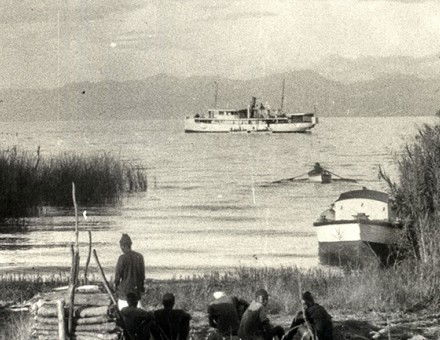A Poet in Politics: Lamartine and the Revolution of 1848
The revolutionary upheaval that brought down Louis-Philippe swept into power a famous French Romantic poet. Gordon Wright describes how Lamartine acquitted himself with courage and energy; but his fall was as swift and sudden as his rise.











